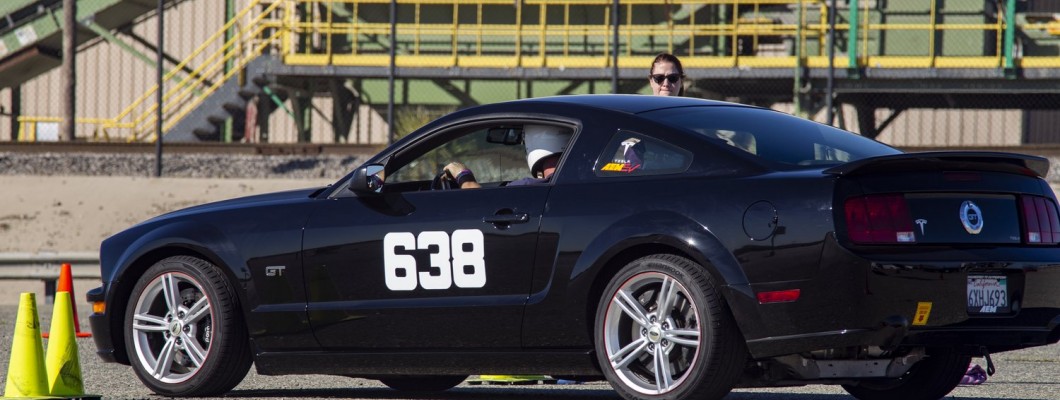
By Phil Royle
I wasn't piloting the only EV at that weekend's SCCA Cal Club Region autocross – far from it. I was, however, in the only EV conversion. The black Mustang I peered over the steering wheel of began life as a 2007 powered by a V-8. The pistons, however, had been swapped for parts from a Tesla, a minivan, and electronics from AEM. The bodywork was stock, making the Mustang as unassuming in appearance as it was silent in its motion. Yet even without a sound, this vehicle drew a crowd.
AEM's Marketing and PR Director Lawson Mollica had jumped at the opportunity to bring AEM's EV-converted Mustang to an SCCA Autocross for me to try – a vehicle the AEM folks dubbed their "Testang" due to the Tesla motor powering the rear wheels.
Before me in the driver's seat sat multiple buttons on AEM's CAN Keypad, one of which instantaneously dialed in the power – one push for about 300N-m of torque, another for 350N-m, then 400N-m, and a maximum of 450N-m – roughly 220lb-ft of torque up to 330lb-ft. My plan was to start with the lowest setting, upping the dial for each autocross runs.
As the starter waved the green flag at the line, I eased into the throttle to experience silence. Well, the tires were making noise. Still, I didn't miss the roar of exhaust; instead, I was left fathoming how I could get all of this torque to the ground. You see, while a 4.6L motor may produce 320lb-ft, it does so above 4,000rpm. Electric motors hit hard from near zero.
Back in the grid after my first run, Lawson inquired, "You want to step up the power?" My answer was as instant as the torque: "I think I'll keep it here for a while," I laughed.
I dialed the power up later, but it was more a smoke show than anything. The torque is an unrelenting kick in the back. There's no ramp. But if your right foot is patient, an electric setup is a beast.

What Lies Beneath
Much like he did on site with the flood of questions from other competitors, Lawson ran me through the Testang's specs. "When you pop the hood, gone is the three-valve, 4.6L Mod motor and the transmission, driveline – everything's gone," Lawson explains. "Now sitting up front are six battery packs from a hybrid. They are stacked three across, two high in the engine compartment. And adjacent to that is a DC-to-DC inverter."
With the internal combustion motor gone, a solution is needed for the accessories. "We sourced an electric power steering pump, for our cooling loop we utilize a Tesla pump, and then we've got essentially an electronic brake booster," Lawson says. Under the hood there are also some big switches for cutting power to the system, and from AEM's shelves, there's an AEM Power Distribution Unit, VCU200, and Battery Management System.
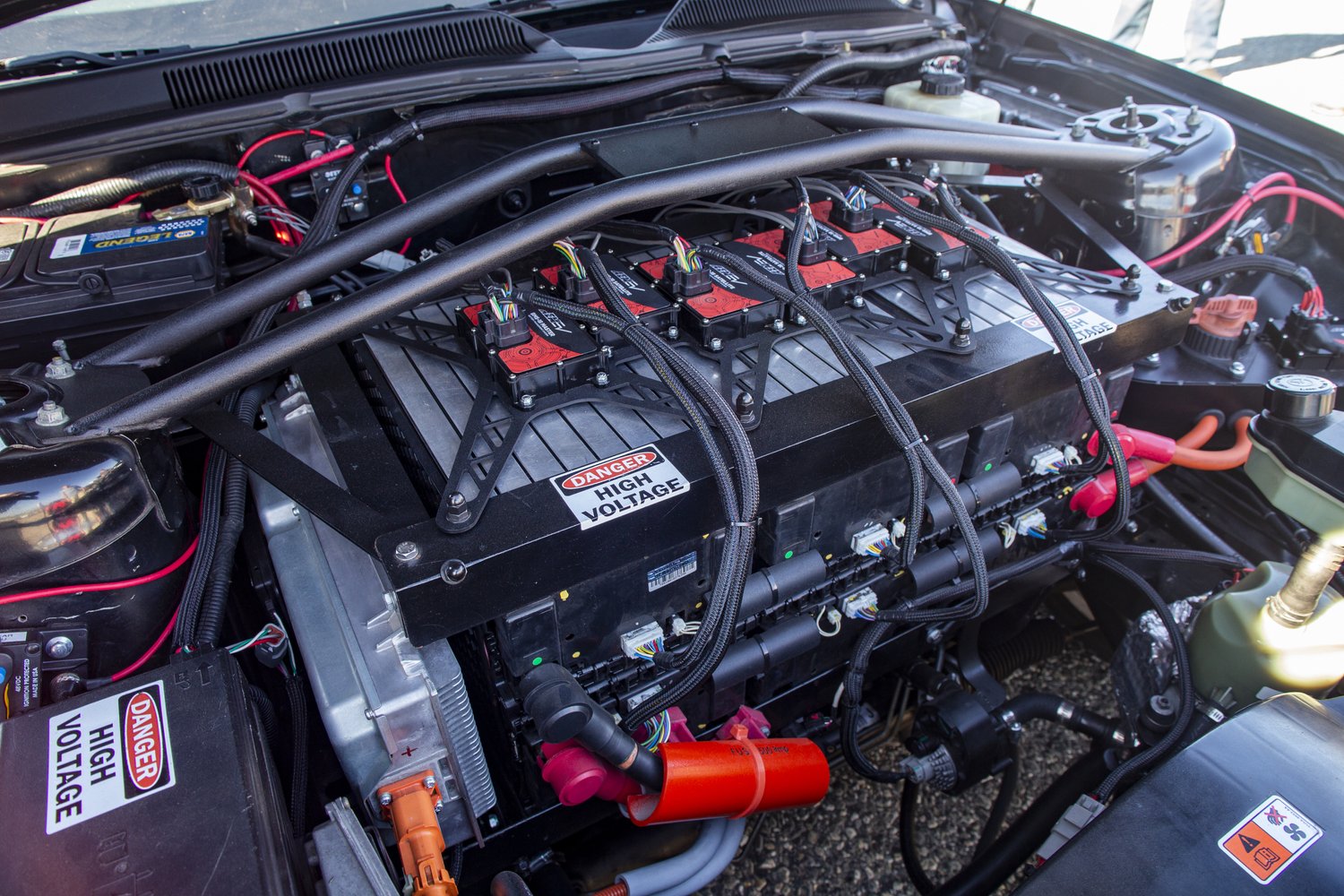
"Teslas are unitized very well; it's on a subframe [and] it's packaged brilliantly," Lawson describes of the electric motor assembly that now resides on the AEM Mustang's rear axle. "It's got the inverter on one side and the motor on the other. It's got the gearbox with the 9.7:1 reduction gear – basically a one speed – right in the middle, and it's ripe for being put in whatever you want to put it in. And that's what we did with the Testang."
Tesla's control board comes out, AEM's goes in, and the VCU200 connects to the Tesla inverter. From there, torque mapping can be accomplished, which is how I was able to play with multiple power settings on the fly, controlled by AEM's CAN Keypad and viewed via an AEM CD-5 data-logging dash.
"We [also] have the BMS [Battery Management System] 18, which stands for 18 [battery] cell tap," says Lawson. "From that one, you connect satellites to it. We have the six [battery packs under the hood], so we have one master and six satellites, and each one of those satellites attaches to the master via serial that transmits all of the individual cell data to the Battery Management System over CAN bus."
There are another six battery packs throughout the car, some in the transmission tunnel and others where the gas tank once resided, with all of the programming for the BMS done through the VCU.
"We took the same approach to the PDU, our Power Distribution Unit," says Lawson. "It's an eight-channel module and can be daisy chained. It's really just a way to switch things on and off, which can [also] be programmed through the VCU."
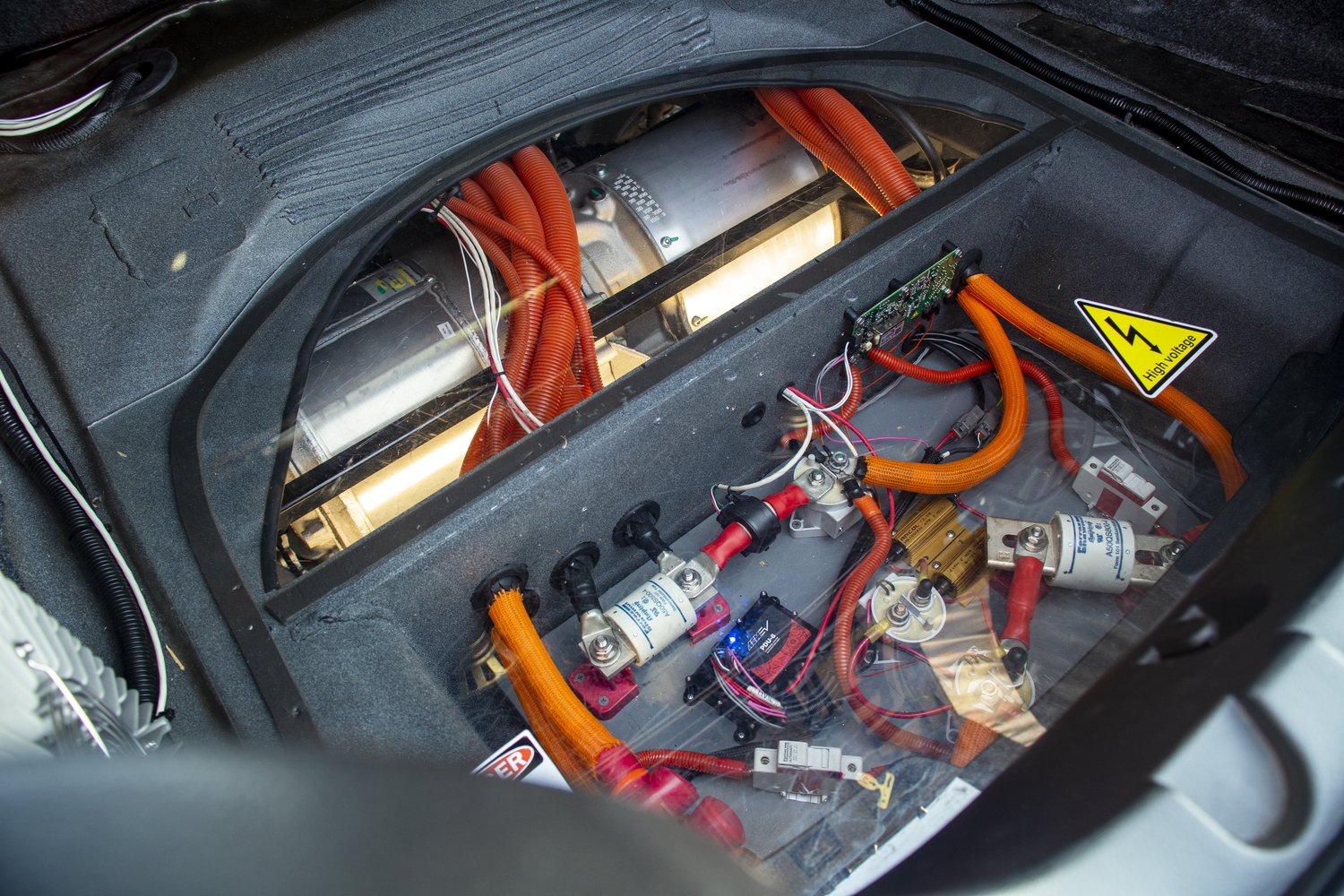
There's more, but as Lawson adds, it's simpler than it sounds. "It sounds complicated, but it's really easy," he says. "You have one place to program everything, and you have all the hardware devices you need to have OE control across your conversion. And that gives you the ability to enjoy the vehicle and get the most out of it."
Lawson says the Testang might cost about $50,000 to replicate. "As EVs go, it's a pretty affordable build and it's plenty of fun," he says. "I live a little over 30 miles from AEM and can commute in that car. I go up and back with a little bit of room to spare. And I can drag race the car – it does a best of 11.78 in the quarter mile at 117mph. And it's not too bad on the autocross course.
"This is why [AEM] built the Testang. It's a rolling example of what's possible, what's attainable with electric propulsion, and how much fun it can be."



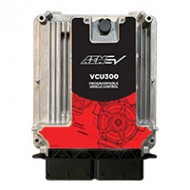
%20Control%20Board/0449a3b8df2fb598e09dd83ad91a067955b3c7bc-190x190w.jpg)
%20Control%20Board/f68202fc36db25c9dcec801391c0f456cb757423-190x190w.jpg)
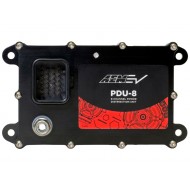
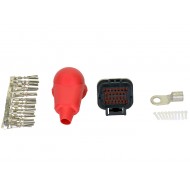






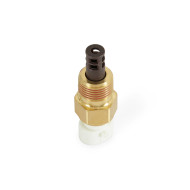

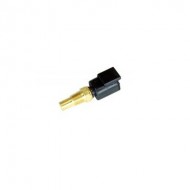
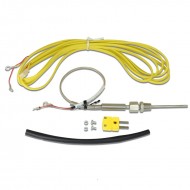

Leave a Comment